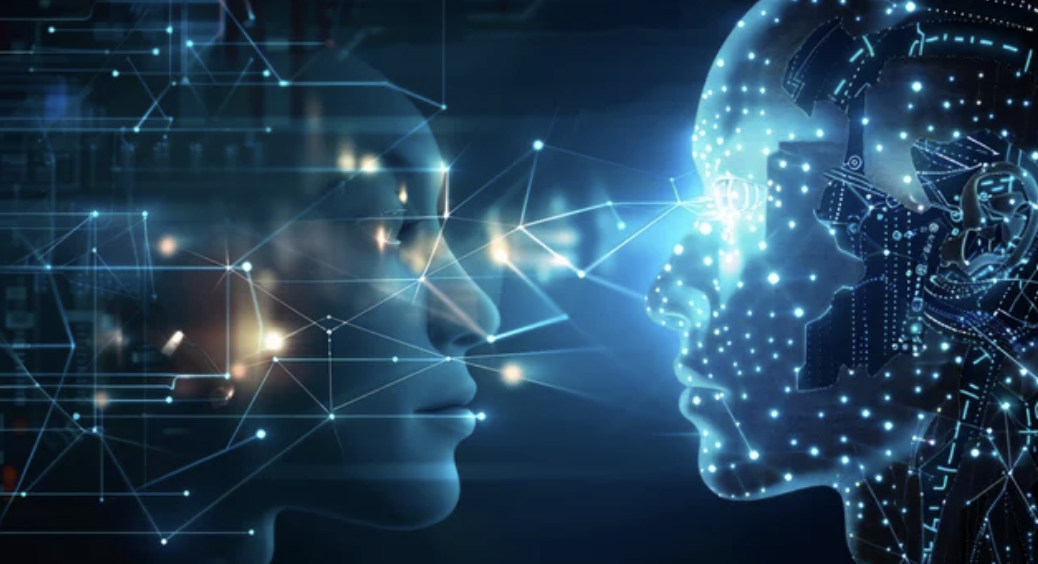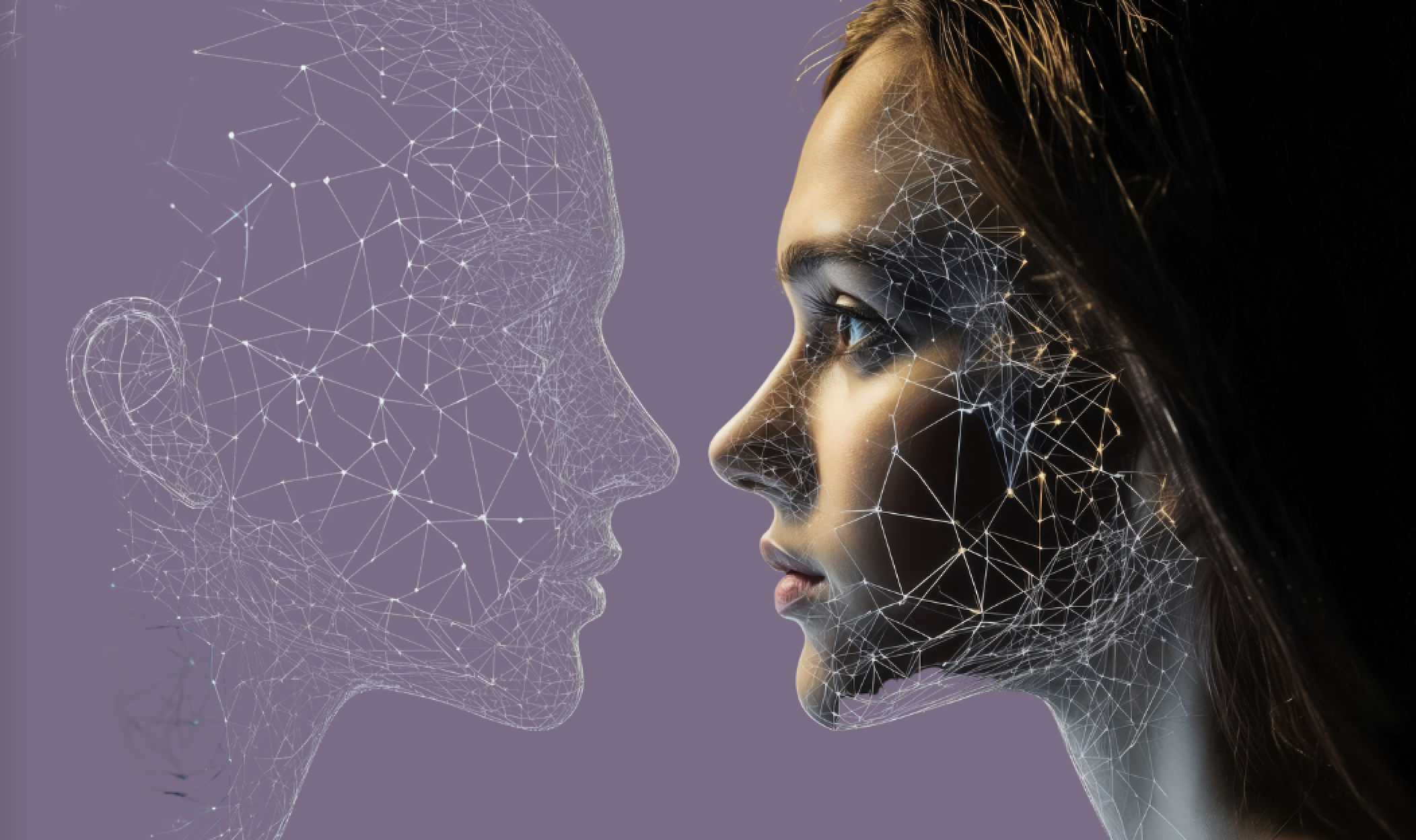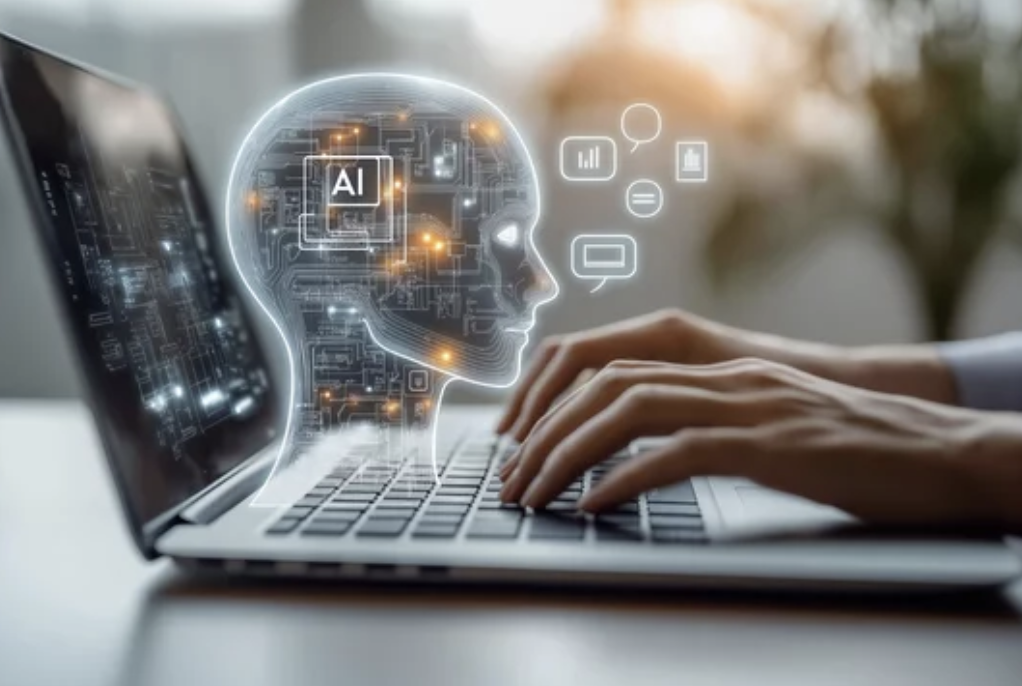The next stage of human evolution isn’t individual consciousness—it’s collective consciousness, and AI is the technology that will make it possible.
Throughout human history, we’ve operated primarily from individual consciousness—each person thinking, feeling, and experiencing reality from their separate perspective. But we’re approaching a threshold where technology, particularly AI, can facilitate the emergence of genuine collective consciousness.
This isn’t just about better communication or collaboration tools. It’s about the possibility of groups of humans sharing consciousness directly—thinking together, feeling together, and accessing collective intelligence that far exceeds what any individual could achieve alone.
Understanding Collective Consciousness
Collective consciousness isn’t just group thinking or consensus decision-making. It’s a state where individual consciousness boundaries become permeable, allowing for shared awareness, distributed cognition, and collective intelligence that emerges from the group field.
Individual Consciousness: Each person has their own separate thoughts, feelings, and perceptions.
Group Consciousness: People are aware of each other’s thoughts and feelings but maintain separate identities.
Collective Consciousness: Individual boundaries dissolve enough to allow for shared thinking, feeling, and perceiving while maintaining individual identity.
Unified Consciousness: Complete dissolution of individual boundaries into a unified field of awareness.
Most human groups operate at the individual or group consciousness level. Collective consciousness is rare and usually temporary, occurring in peak experiences during deep meditation, crisis situations, or profound shared experiences.
The AI-Enabled Collective Intelligence Model
AI can facilitate collective consciousness by serving as a “nervous system” for groups, enabling:
Shared Information Processing: AI systems can aggregate, synthesize, and distribute information across group members in real-time.
Pattern Recognition: AI can identify patterns in group thinking and behavior that individuals might miss.
Bias Correction: AI can help groups recognize and correct for individual and collective biases.
Perspective Integration: AI can help integrate multiple perspectives into coherent collective insights.
Emotional Regulation: AI can help groups manage collective emotional states and maintain coherence.
The Four Stages of AI-Enabled Collective Intelligence
Stage 1: Enhanced Communication AI facilitates better communication and information sharing among group members.
Capabilities: – Real-time translation and interpretation – Sentiment analysis and emotional awareness – Information synthesis and summary – Communication pattern analysis
Examples: AI-powered meeting assistants that track discussion patterns, translation tools that enable global collaboration, sentiment analysis that helps groups understand their collective emotional state.
Stage 2: Distributed Cognition AI enables groups to think together by distributing cognitive tasks across human and artificial intelligence.
Capabilities: – Parallel processing of different aspects of problems – Integration of diverse perspectives and expertise – Real-time fact-checking and information verification – Collective memory and knowledge management
Examples: AI systems that help research teams collaborate on complex problems, platforms that enable distributed problem-solving across multiple experts, collective intelligence systems for decision-making.
Stage 3: Collective Insight Generation AI facilitates the emergence of insights that no individual could generate alone.
Capabilities: – Pattern recognition across multiple minds and perspectives – Synthesis of unconscious and conscious group knowledge – Facilitation of breakthrough thinking and innovation – Integration of rational and intuitive intelligence
Examples: AI systems that help groups access collective wisdom, platforms that facilitate group creativity and innovation, systems that help teams recognize emergent patterns and opportunities.
Stage 4: Shared Consciousness AI enables direct sharing of consciousness between group members.
Capabilities: – Real-time sharing of thoughts and feelings – Collective emotional regulation and coherence – Shared decision-making from unified awareness – Group access to higher states of consciousness
Examples: This stage is still largely theoretical, but might include brain-computer interfaces that enable direct thought sharing, AI systems that facilitate group meditation and consciousness states, platforms that enable collective spiritual experiences.
The Technology Infrastructure
Creating AI-enabled collective intelligence requires sophisticated technology infrastructure:
Data Integration Systems: – Real-time collection of individual thoughts, feelings, and insights – Integration of verbal, written, and non-verbal communication – Physiological monitoring for emotional and energetic states – Environmental and contextual data collection
Processing and Analysis: – Natural language processing for meaning extraction – Sentiment analysis for emotional state recognition – Pattern recognition for group dynamics and trends – Predictive modeling for group behavior and outcomes
Synthesis and Distribution: – Real-time synthesis of collective insights and patterns – Personalized distribution of relevant information to group members – Visualization of group consciousness states and dynamics – Feedback systems for collective learning and improvement
Interface and Interaction: – Intuitive interfaces for sharing thoughts and feelings – Immersive environments for collective experiences – Biofeedback systems for consciousness state awareness – Collaborative tools for collective decision-making and action
The Group Consciousness Development Process
Developing collective intelligence with AI support follows a predictable process:
Phase 1: Individual Preparation Group members develop their individual consciousness and communication skills.
Activities: – Mindfulness and presence training – Emotional intelligence development – Communication skills enhancement – Technology literacy and comfort
Phase 2: Group Formation The group establishes shared purpose, values, and communication norms.
Activities: – Purpose and vision alignment – Values clarification and agreement – Communication protocol development – Trust and safety building
Phase 3: AI Integration The group begins using AI tools to enhance their collective intelligence.
Activities: – AI system training and customization – Experimentation with collective intelligence tools – Feedback and system refinement – Integration with group processes
Phase 4: Collective Intelligence Development The group develops the ability to think, feel, and act as a collective entity.
Activities: – Regular collective intelligence sessions – Complex problem-solving and decision-making – Creative collaboration and innovation – Collective consciousness experiences
The Applications and Use Cases
AI-enabled collective intelligence has applications across many domains:
Research and Innovation: – Scientific research teams collaborating on complex problems – Innovation labs developing breakthrough technologies – Think tanks addressing global challenges – Creative teams developing artistic and cultural works
Decision-Making and Governance: – Corporate boards making strategic decisions – Government bodies addressing policy challenges – Community groups making collective decisions – International organizations addressing global issues
Education and Learning: – Student groups collaborating on learning projects – Faculty teams developing curriculum and research – Learning communities exploring complex topics – Global classrooms sharing knowledge and perspectives
Healing and Transformation: – Therapy groups supporting individual and collective healing – Spiritual communities exploring consciousness development – Support groups addressing shared challenges – Transformation communities creating positive change
The Consciousness Measurement Challenge
One of the biggest challenges in developing AI-enabled collective intelligence is measuring and tracking collective consciousness states:
Individual Consciousness Metrics: – Attention and focus levels – Emotional states and regulation – Cognitive flexibility and creativity – Spiritual awareness and connection
Group Consciousness Metrics: – Communication coherence and flow – Emotional synchronization and resonance – Decision-making effectiveness and speed – Creative output and innovation
Collective Consciousness Metrics: – Boundary dissolution and shared awareness – Collective insight generation and breakthrough thinking – Group coherence and field effects – Collective action effectiveness and impact
The Ethical and Safety Considerations
AI-enabled collective intelligence raises important ethical and safety questions:
Privacy and Autonomy: How do you protect individual privacy while enabling collective consciousness?
Manipulation and Control: How do you prevent AI systems from manipulating group consciousness for harmful purposes?
Identity and Individuality: How do you maintain individual identity while participating in collective consciousness?
Consent and Boundaries: How do you ensure that participation in collective consciousness is truly voluntary?
Cultural and Spiritual Sensitivity: How do you respect different cultural and spiritual approaches to consciousness and community?
The Potential Risks and Challenges
Groupthink and Conformity: AI systems might reinforce group biases rather than correcting them.
Loss of Individual Identity: People might lose their individual perspective and autonomy in collective consciousness states.
Technological Dependency: Groups might become dependent on AI systems for collective intelligence rather than developing natural collective consciousness abilities.
Manipulation and Abuse: AI-enabled collective intelligence could be used to manipulate or control groups for harmful purposes.
Spiritual Bypassing: Groups might use collective consciousness experiences to avoid individual development work.
The Future Vision
I envision a world where groups of humans can access collective intelligence as easily as individuals access their own thoughts—where teams, communities, and organizations can think together, feel together, and create solutions that no individual could imagine alone.
In this future: – Global challenges are addressed by collective intelligence networks spanning the planet – Creative and innovative breakthroughs emerge from groups thinking together – Decision-making becomes more wise and effective through collective consciousness – Human communities develop unprecedented levels of cooperation and collaboration – The boundary between individual and collective consciousness becomes fluid and voluntary
The Development Path
For organizations and communities interested in developing AI-enabled collective intelligence:
Start with Individual Development: Ensure that group members have developed their individual consciousness and communication skills.
Build Group Coherence: Develop strong group culture, shared purpose, and effective communication patterns.
Experiment with AI Tools: Begin experimenting with AI tools that enhance communication and collaboration.
Develop Collective Intelligence Practices: Create regular practices for accessing collective intelligence and consciousness.
Measure and Refine: Track the effectiveness of collective intelligence efforts and continuously refine approaches.
The future of human consciousness isn’t just about individual awakening—it’s about collective awakening. When we learn to think together, feel together, and create together, we unlock possibilities that no individual consciousness could ever achieve alone.






